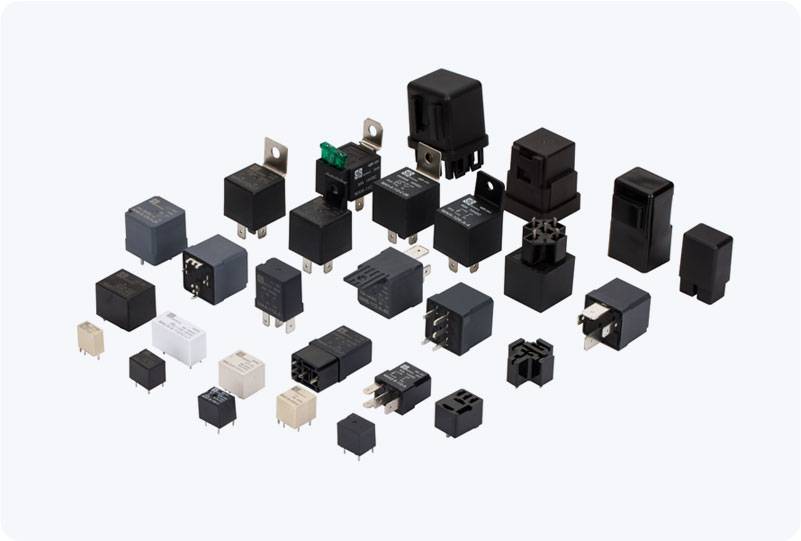The Vacuum Arc Extinguishing Relay (VAER) is a critical component in modern electrical systems, especially for high-voltage applications. This type of relay is designed to safely and efficiently interrupt electrical circuits while protecting sensitive equipment from the dangers of electrical arcs. As technology advances and electrical systems become more complex, the demand for reliable, durable, and high-performance circuit protection devices increases. In this article, we will explore the fundamental working principles, advantages, applications, and significance of the Vacuum Arc Extinguishing Relay.

What is a Vacuum Arc Extinguishing Relay? A Vacuum Arc Extinguishing Relay is a type of relay that utilizes a vacuum environment to extinguish electrical arcs during the process of switching. Electrical arcs typically form when a relay or switch opens under load, and the contact points separate. The heat generated by the arc can cause severe damage to the switchgear and even lead to electrical fires. Vacuum arc extinguishing relays mitigate this issue by containing the electrical contacts within a vacuum chamber. In the vacuum, the arc has no medium in which to sustain itself, leading to its rapid extinguishment.